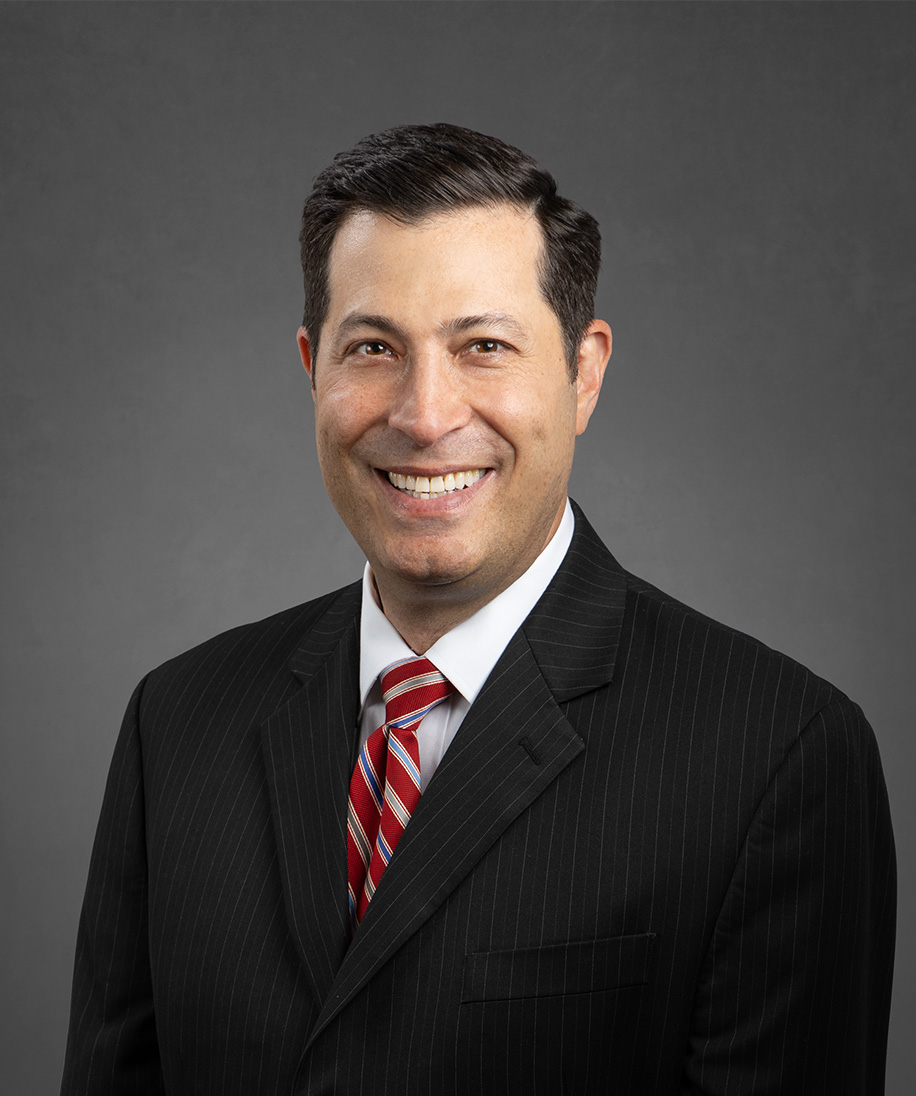Client Alert
New York State Enacts Paid Sick Leave Legislation
April 04, 2020
Coming on the heels of emergency legislation extending job protection and pay for New York employees quarantined as a result of COVID-19, on April 2, 2020 Governor Cuomo announced the passage of the State’s Fiscal Year 2021 budget that contains a paid sick leave program lauded by his office as “the strongest Paid Sick Leave program in the nation.” This new sick leave law will provide:
For employers with 100 + Employees: At least seven days of paid sick leave each calendar year;
For employers with 5-99 Employees: At least five days of paid sick leave each calendar year;
For employers with ≤ four Employees and net income of more than $1 million in previous tax year: At least five days of paid sick leave each calendar year1; and
For employers with ≤ four Employees and net income of $1 million or less in previous tax year: At least five days of unpaid job-protected sick leave each calendar year.
An employer’s headcount is based on the calendar year. However, for purposes of Accrual and Using Paid Sick Leave, an employer may use either the period from January 1 to December 31 or establish its own calendar year, which can be any regular and consecutive 12-month period.
Effective Date
The new law goes into effect on September 30, 2020. However, employers are not obligated to allow employees to use sick leave until January 1, 2021.
Accrual
Employees will accrue one hour of sick leave for every 30 hours worked, up to the limits set forth above. New York City employers already will be familiar with this accrual rate because it is the same sick leave accrual rate set forth in the NYC Earned Safe and Sick Time Act. The law sets a floor, and it does not prevent employers from increasing the accrual amount or rate of accrual.
Using Paid Sick Leave
Under the new law, employees may make requests to use sick leave orally in writing for themselves or family members in the following circumstances:
A mental or physical illness, injury, or health condition, regardless of whether such illness, injury, or health condition has been diagnosed or requires medical care at the time that the employee requests the leave;
Diagnosis, care, or treatment of a mental or physical illness, injury or health condition of, or need for medical diagnosis of, or preventive care for, such employee or such employee's family member; or
For an absence from work because the employee or employee’s family member has been the victim of domestic violence, a family offense, sexual offense, stalking, or human trafficking.
The law allows employers to set a reasonable, minimum increment for use of sick leave, which cannot exceed four hours. Paid sick leave must be paid at the greater of the employee’s regular rate of pay or the applicable state minimum wage.
Upon an employee’s return to work from sick leave, the law requires him/her to be restored to the same position as held before the leave, with the same pay and other terms and conditions of employment.
Employers may not require employees to disclose confidential information related to the underlying reason for requesting sick leave for themselves or for family members. The law defines a “family member” expansively to include an employee’s child (including foster child, legal ward, or equivalent legal relationship), spouse, domestic partner, parent (including a step- or foster parent, legal guardian, or equivalent legal relationship), sibling, grandchild, grandparent, and the child or parent of an employee’s spouse or domestic partner.
Employers That Already Provide Sick Leave
Under the new legislation, an employer will not be required to provide additional sick leave if it (1) already maintains a paid leave or paid time off policy for the same purposes and under the same conditions as specified by the law; and (2) the current policy’s accrual, carryover, and use requirements match those set forth by the new law.
Employers are not required to pay employees for unused sick leave upon termination of employment.
Existing Paid Sick Leave Policies
The new legislation permits cities with populations of at least one million people—effectively just New York City—to enact or enforce local laws that impose more protective standards to employees than the accrual, use, payment, and employee eligibility requirements under the State law. Additionally, the law does not preempt any paid sick leave provided by local laws in effect as of September 30, 2020. Therefore, employers already covered by the NYC Earned Safe and Sick Time Act or Westchester County’s Earned Sick Leave Law must continue to provide employees with leave that meets or exceeds the requirements of both the New York State sick leave law and applicable local law.
New York City employers should keep these provisions from the Earned Safe and Sick Time Act in mind:
Additional safe leave uses: The New York City law extends to (1) participating in safety planning, relocation, or taking other actions to protect employee’s or family member’s safety, including enrolling children in a new school; and (2) meeting with an attorney or social services provider to obtain information and advice related to custody, visitation, matrimonial issues, orders of protection, immigration, housing, and discrimination in employment, housing, or consumer credit.
Notice requirement: Employers must provide each employee with written notice of employee rights, including accrual and use of safe/sick leave, the right to file a complaint, and the right to be free from retaliation. The notice must also state the start and end dates of the employer calendar year. Employees have a right to the notice in English and, if available on the NYC DCA website, their primary language.
Documentation requirement: Employers may require an employee to provide documentation only after an employee uses more than three consecutive workdays as safe/sick leave and no less than seven days after the employee returns to work. This documentation can confirm (1) the need for the amount of safe/sick leave used; and (2) the safe/sick leave was used for an authorized purpose under the law.
Employees Subject to Collective Bargaining Agreements
Collective bargaining agreements entered into on or after September 30, 2020 may provide for a comparable benefit in lieu of providing sick leave as expressly provided for under the new law. This benefit may be in the form of leave, compensation, other employee benefits, or some combination thereof, so long as the agreement specifically acknowledges the provisions of the legislation.
Other Employee Requirements
The new law requires employers to keep contemporaneous accurate records showing the amount of sick leave provided to each employee. These records must be maintained for a minimum of six years.
Upon an employee’s oral or written request, an employer must provide a summary of the amounts of sick leave accrued and used by the employee in the current calendar year and/or any previous calendar year. This information must be provided to the employee within three business days of the request.
The law further prohibits employers from discharging, threatening, penalizing, or in any other manner discriminating or retaliating against an employee for requesting and using sick leave.
Further details about the law remain to be fleshed out by the New York State Department of Labor Commissioner, who has the authority under the new law to adopt regulations and issue guidance including, but not limited to, standards for accrual, use, payment, and employee eligibility of paid sick leave.
1 The law does not affect employers with four or less employees that already provide paid sick leave, which may continue to do so.
Contributors




Practice Areas
For More Information



